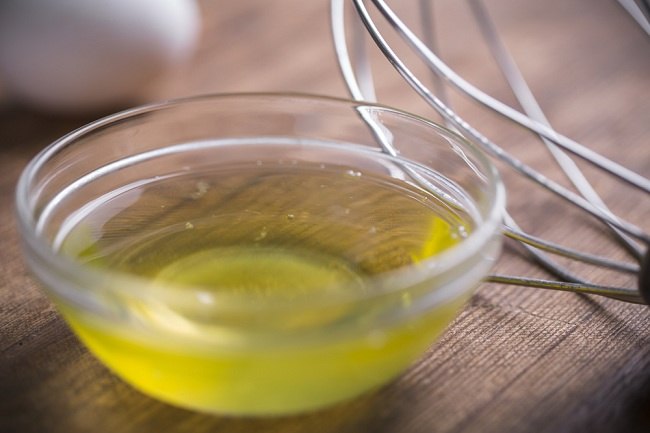Yellow nail syndrome is a very rare condition that affects fingernails and toenails. This condition is usually accompanied by a buildup of fluid in the body, for example in the legs or even the lungs, resulting in complaints such as coughing, shortness of breath, and swelling of the legs.
Yellow nail syndrome can happen to anyone, both men and women. However, this syndrome is more common in elderly people, over 50 years of age. The exact cause of yellow nail syndrome is not known. However, heredity is thought to play a role in the development of yellow nail syndrome.

Causes of Yellow Nails Syndrome
Apart from being caused by heredity, yellow nail syndrome can also be triggered by several conditions, including the following:
Suffering from disorders of the lymphatic system
Disorders of the lymphatic system can make the circulation and flow of lymph fluid is not smooth so it is possible for fluid to collect in the soft tissues under the skin. This condition will slowly change the color of the nails to yellow.
Suffering from certain medical conditions
Yellow nail syndrome can develop on its own or following several other conditions, such as cancer, immunodeficiency such as AIDS, thyroid disorders, nephrotic syndrome, and autoimmune diseases such as rheumatoid arthritis.
Taking or using certain therapies
Thiol class of drugs prescribed to patients with rheumatoid arthritis can cause yellow nail syndrome. In addition, titanium poisoning, for example from environmental pollution or dental implants and artificial body parts made of titanium, is also suspected to cause yellow nail syndrome.
Symptoms of Yellow Nails Syndrome You Need to Know
Yellow nail syndrome is usually characterized by 3 typical symptoms, namely changes in the nails, swelling of the lower limbs, and respiratory problems. Changes that occur in the nails are the nails gradually turn yellow and thicken. Other common symptoms include:
- Loss of the cuticle, the part of the protective skin that covers the nail.
- Curved nails.
- Nail growth is slow or stops altogether.
- Nails become loose or completely detached from the base
- Yellow nail syndrome can also increase the risk of infection around the nail.
Another symptom that occurs in yellow nail syndrome is caused by fluid buildup. There are 2 conditions due to fluid accumulation that most often occur in yellow nail syndrome, namely lymphedema and pleural effusion.
Lymphedema is a condition when fluid builds up due to damage to lymphatic tissue. Symptoms of lymphedema can include swelling of the feet, hands, face, or even the genitals, but most often the legs. Swelling usually occurs several months after the appearance of discoloration on the nails.
Pleural effusion causes the sufferer to have difficulty breathing, coughing, and chest pain. In addition to these complaints, people with yellow nail syndrome may also have chronic bronchitis, bronchiectasis, sinusitis, and recurrent pneumonia. This can occur before or after the appearance of changes in the color and shape of the nails.
Yellow Nail Syndrome Treatment and Treatment
There is no specific treatment for yellow nail syndrome. The use of corticosteroids is thought to be able to treat this condition. But so far, the management of yellow nail syndrome is still focused on the complaints that occur or if possible, the underlying cause.
Vitamin E can be used to treat changes that occur in the nails. To treat fluid buildup, diuretic medications may be prescribed. This drug is used to remove excess fluid in the body. In addition, insertion of a tube to collect fluid in the lungs may also be necessary if the pleural effusion is severe.
If yellow nail syndrome is caused by lymphatic disorders, your doctor will usually recommend manual lymph draining, which is a special massage technique that can improve circulation and reduce swelling.
Likewise, yellow nail syndrome occurs due to cancer, arthritis, or AIDS. Treatment and care provided can be tailored to the underlying disease.
Yellow toenails can be a common nail disorder. However, if this is accompanied by other symptoms such as swelling or difficulty breathing, it is necessary to have an examination by a doctor so that you can get the right treatment.









